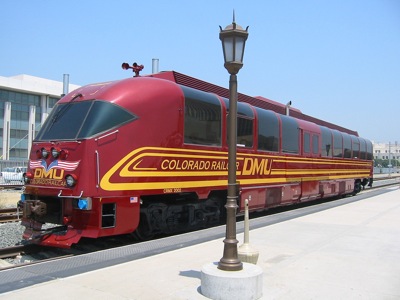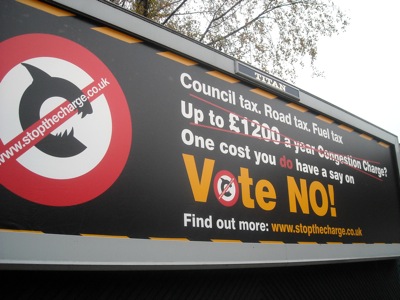Obama’s pick for transportation secretary, outgoing Illinois Represenative Ray LaHood, was a surprise, since the early rumors focused on liberals from large urban areas such as San Francisco or Portland. Instead, LaHood is a Republican representing Peoria, whose urbanized area population is only about a quarter million people.
Not counting Defense Secretary Gates (who considers himself Republican but is not registered in any political party), LaHood will be the token Republican in Obama’s cabinet, just as Norman Mineta was the token Democrat in Bush’s first cabinet. Though LaHood has called himself a “true conservative” — which could mean just about anything — he is highly praised by liberals such as Mark Shields.











